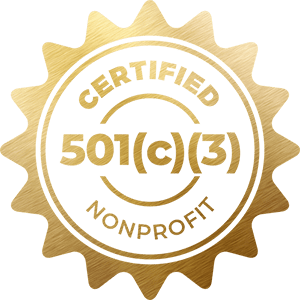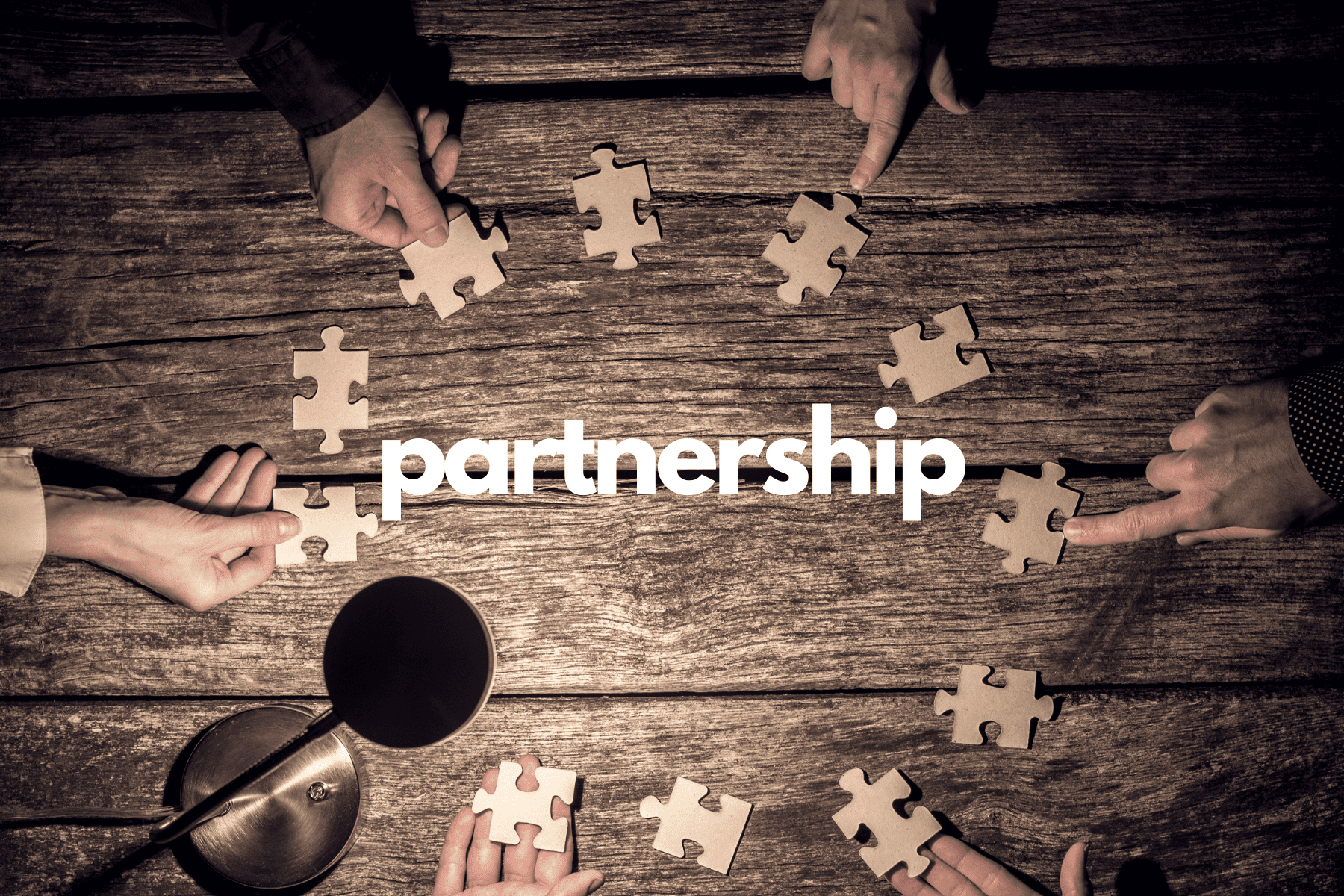The Importance of Cooperation and Collaboration for a Nonprofit Firm in Maximizing Resources and Enhancing Neighborhood Involvement
In the realm of not-for-profit companies, cooperation and collaboration emerge as necessary devices for magnifying sources and promoting area engagement. By tactically involving with other organizations, nonprofits can utilize shared proficiency and financial support, therefore attending to complex social challenges much more adeptly. Additionally, these partnerships not only boost program efficacy yet additionally cultivate a much deeper sense of neighborhood involvement and possession. Yet, the true potential of these collaborative efforts often remains untapped, increasing concerns regarding exactly how finest to navigate collaborations for optimal impact and continual success. What factors contribute to the performance of these collaborations?
Benefits of Cooperation

Additionally, collaboration fosters development by urging the exchange of ideas and best practices. When companies interact, they can explore diverse perspectives, bring about innovative solutions that might not arise alone. This common problem-solving method can inevitably improve service delivery and program results.
Additionally, collaborative initiatives can improve community interaction. When nonprofits partner with one an additional, they can activate more comprehensive assistance from stakeholders, consisting of volunteers, contributors, and neighborhood members. This collective engagement not just enhances presence but also enhances the credibility of the participating organizations.
Structure Strategic Collaborations
Collaboration amongst not-for-profit companies frequently results in the development of calculated partnerships, which are essential for making best use of impact and attaining shared objectives. These collaborations enable companies to leverage each other's staminas, improving service shipment and expanding outreach. By lining up missions and goals, nonprofits can develop a collaborating impact that intensifies their reach and effectiveness within the area.
Structure calculated collaborations needs mindful preparation and mutual understanding. Organizations must first recognize potential companions that share comparable worths and goals, ensuring compatibility in goal and vision. Establishing open lines of communication fosters depend on, permitting companions to discuss resources, responsibilities, and assumptions transparently. Routine conferences and collaborative efforts can assist keep energy and address obstacles proactively.
In addition, plainly specified functions and obligations are crucial for responsibility and success. Formalizing the collaboration through composed agreements can provide a structure for collaboration, outlining the extent of work, performance metrics, and analysis methods. By promoting these strategic partnerships, not-for-profit agencies can improve their ability to deal with community requirements, introduce options, and mobilize sources properly, ultimately causing a more considerable and sustainable influence in the communities they serve.
Sharing Resources Successfully
How can not-for-profit companies maximize their impact through efficient resource sharing? By purposefully teaming up with other companies, nonprofits can improve their functional performance and prolong their reach within the community. Source sharing includes merging different assets, including funds, workers, competence, and centers, to resolve common goals better.

In addition, leveraging each various other's toughness can cultivate innovation. By trading expertise and ideal practices, firms can boost solution distribution and create brand-new options to neighborhood difficulties. Efficient resource sharing also grows a sense of unity, reinforcing the concept that collaboration is essential for attaining considerable social impact.
Involving the Neighborhood
What methods can not-for-profit companies utilize to properly involve their communities? Firstly, establishing open lines of communication is critical. Using various systems, such as social media sites, e-newsletters, and neighborhood forums, permits companies to share info, get responses, and foster discussion. This two-way interaction not only informs the area regarding the agency's objective and activities yet likewise welcomes input, making neighborhood participants feel valued and involved.
In addition, developing partnerships with neighborhood organizations can improve outreach initiatives. nonprofit agency. Teaming up with schools, services, and various other nonprofits can amplify resources and produce a more substantial assistance network, permitting joint efforts that reverberate with neighborhood requirements
Furthermore, holding neighborhood events, workshops, and volunteer chances can promote much deeper involvement. These activities produce a feeling of belonging and urge energetic involvement, making it possible for people to add to the firm's goals while building relationships with fellow neighborhood members.
Gauging Collaborative Success
Examining the performance of joint initiatives is essential for nonprofit companies looking for to maximize their impact. Measuring collaborative success involves developing clear, measurable goals and using a variety of metrics to analyze efficiency. Secret signs may include the variety of collaborations developed, sources shared, and the substantial outcomes attained with partnership.
To properly gauge success, nonprofits must execute a structure that includes both measurable and qualitative information. Interviews and studies can offer understandings right into stakeholder satisfaction and the perceived worth of collaborations. Additionally, tracking metrics such as service reach, area involvement degrees, and monetary efficiency can supply a thorough view of joint efficiency.
Regular examinations ought to be performed to determine locations of enhancement and ideal methods. This repetitive process not just enhances responsibility however also fosters a society of constant learning within the company - nonprofit agency. By transparently sharing evaluation results with stakeholders and partners, nonprofits can construct and reinforce relationships depend on
Ultimately, determining joint success allows not-for-profit agencies to refine their approaches, designate sources much more efficiently, and bolster their mission-driven efforts, causing a better cumulative impact on the areas they serve.
Final Thought

In the world useful site of nonprofit companies, collaboration and collaboration emerge as important devices for intensifying resources and promoting neighborhood interaction - nonprofit agency. By fostering these calculated partnerships, not-for-profit agencies can enhance their capability to deal with community requirements, introduce services, and mobilize resources efficiently, eventually leading to a more sustainable and substantial influence in the areas they serve
By purposefully working together with various other companies, nonprofits can improve their functional performance and extend their reach within the neighborhood.What techniques can nonprofit companies utilize to successfully involve their neighborhoods?Cooperation and collaboration stand as crucial pillars for nonprofit firms intending to make the most of resources and improve neighborhood involvement.